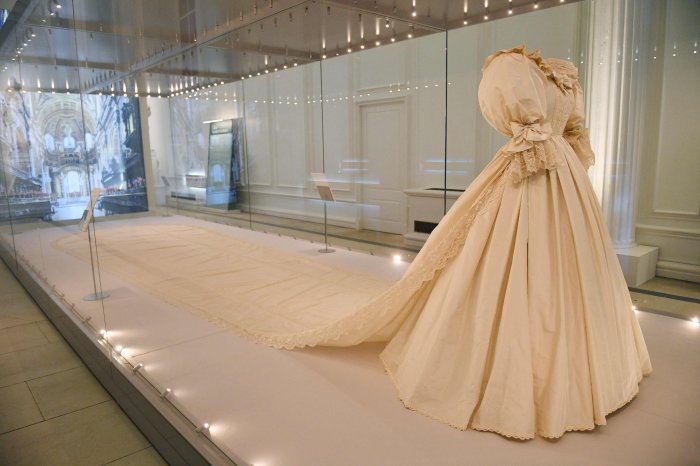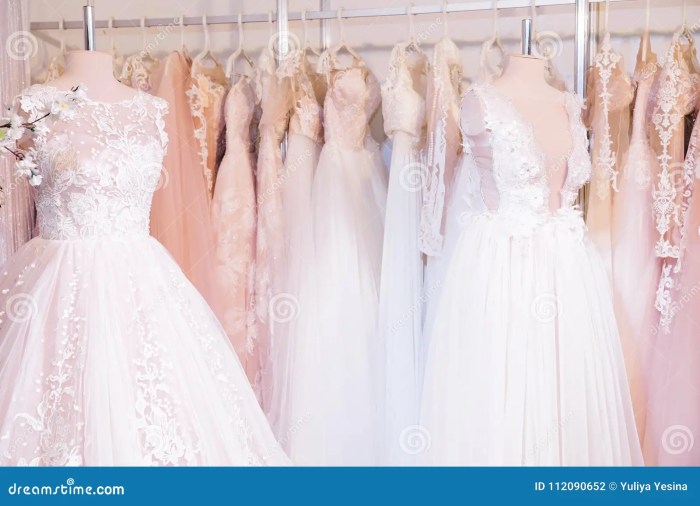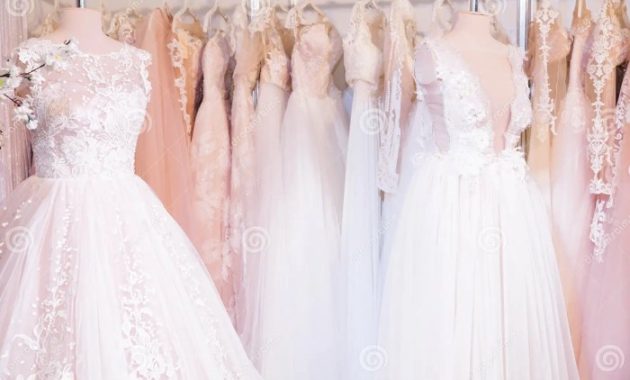The “What Were You Wearing” Exhibit and the Wedding Dress: What Were You Wearing Exhibit Wedding Dress

Source: com.tr
What were you wearing exhibit wedding dress – The “What Were You Wearing” exhibit often showcases the stark contrast between the wedding dress and the attire worn afterward. Many women opt for a change of clothes for the reception, selecting something more comfortable and celebratory, perhaps finding inspiration from the extensive selection of options available for wedding reception dress for womens. This shift in attire reflects a transition in the day’s events, moving from the formality of the ceremony to the joyful celebration of the reception, highlighting the differing needs and aesthetics of each part of the wedding day.
The “What Were You Wearing” exhibit, while varying in specific iterations, generally aims to confront the societal silence surrounding sexual assault and violence. By showcasing the clothing worn by survivors during their attacks, the exhibit powerfully humanizes victims and challenges the pervasive victim-blaming culture. Its impact lies in fostering empathy, sparking crucial conversations, and promoting a deeper understanding of the complexities of trauma.
The “What Were You Wearing” Exhibit Context
The exhibit’s primary goal is to shift the narrative surrounding sexual assault, moving away from focusing on the victim’s attire and instead highlighting the perpetrator’s actions. The clothing displayed—ranging from everyday outfits to formal wear—represents a diverse range of experiences and ages. Each garment carries a powerful story, often accompanied by a survivor’s account, which can evoke a wide spectrum of emotions in viewers, from anger and sadness to empathy and determination.
The exhibit’s approach contrasts with other projects that might focus solely on statistics or legal aspects of sexual assault by offering a deeply personal and visceral experience.
The Wedding Dress in the Exhibit
Imagine a pristine white lace wedding dress, slightly crumpled and stained, displayed in the exhibit. The dress, a vintage A-line silhouette, is subtly soiled with dirt and grass stains, a stark contrast to its intended pristine beauty. Its symbolic significance lies in the juxtaposition of joy and devastation, representing a day intended for celebration marred by violence. The story associated with it might detail a bride attacked on her wedding day, the dress becoming a tangible reminder of a violated celebration.
This wedding dress stands in contrast to other garments displayed, perhaps a simple t-shirt or jeans, which might represent everyday assaults. The wedding dress, however, carries a heightened emotional weight due to the cultural significance of weddings and the expectation of a joyous occasion. The contrast emphasizes the universality of sexual assault, affecting individuals regardless of their circumstances or attire.
The dress, under soft, diffused lighting, appears almost ethereal, its delicate lace hinting at the bride’s dreams. Yet, the stains are stark reminders of the brutal reality. The faint scent of old perfume, imagined, hangs in the air, a ghost of a joyful day irrevocably altered. The visual impact is one of profound sorrow and unexpected resilience.
Social and Cultural Implications, What were you wearing exhibit wedding dress
Wedding dresses hold immense cultural significance, often symbolizing purity, innocence, and the beginning of a new chapter. They represent societal expectations of marriage and femininity. The inclusion of a wedding dress in the “What Were You Wearing” exhibit challenges the romanticized notion of weddings and exposes the vulnerability of even those on their happiest day. It forces viewers to confront the harsh reality that sexual assault can occur regardless of context or societal expectations.
| Dress Description | Story Summary | Emotional Impact | Cultural Significance |
|---|---|---|---|
| Vintage A-line lace wedding dress, soiled with dirt and grass stains. | Bride attacked on her wedding day. | Shock, sadness, empathy, anger. | Violation of a sacred, culturally significant event. |
| Simple denim jeans and a t-shirt. | Assault during a walk home from work. | Empathy, understanding of everyday vulnerability. | Highlights the normalcy of the victim’s attire. |
| Elegant cocktail dress, slightly torn. | Assault at a formal event. | Disbelief, anger, frustration at the breach of trust. | Challenges the idea that assaults only happen in “unsafe” places. |
Visual Representation and Narrative
A photograph of the wedding dress might be presented in a close-up shot, focusing on the delicate lace juxtaposed with the subtle stains. The lighting would be soft and diffused, emphasizing the texture and the subtle details. The background would be intentionally blurred, drawing the viewer’s eye to the dress itself and its inherent story. The emotional effect is one of quiet contemplation, allowing viewers to connect with the garment’s implied narrative.
The visual presentation contributes to the overall narrative by emphasizing the contrast between the dress’s intended purpose and the reality of what transpired. The use of soft lighting and close-up framing enhances the intimacy and vulnerability of the story. The visual storytelling techniques employed in the exhibit, as a whole, use minimalism and impactful imagery to encourage reflection and understanding.
Impact and Legacy

Source: dreamstime.com
The “What Were You Wearing” exhibit has the potential to create lasting change in how society perceives and responds to sexual assault. The exhibit’s message, particularly concerning the wedding dress, can be further disseminated through social media campaigns, educational programs, and documentaries. Future projects could build upon these themes by exploring the intersection of gender, culture, and sexual violence in different contexts.
- Social media campaign using powerful images and survivor stories.
- Documentary film exploring the stories behind the garments.
- Educational workshops for schools and community groups.
- Interactive online platform sharing survivor stories and resources.
- Art installations incorporating the themes of the exhibit.
Q&A
What is the overall goal of the “What Were You Wearing” exhibit?
To raise awareness about sexual assault and challenge societal perceptions of victim blaming.
How does the exhibit utilize visual storytelling?
Through carefully curated displays, lighting, and the powerful narratives accompanying each garment, the exhibit evokes empathy and understanding.
Are all the garments in the exhibit related to sexual assault?
While many are, the exhibit also features items representing other forms of trauma to highlight the broader issue of victimization.
What kind of impact has the exhibit had on its viewers?
Many viewers report feeling moved, empowered, and inspired to take action against sexual violence.

